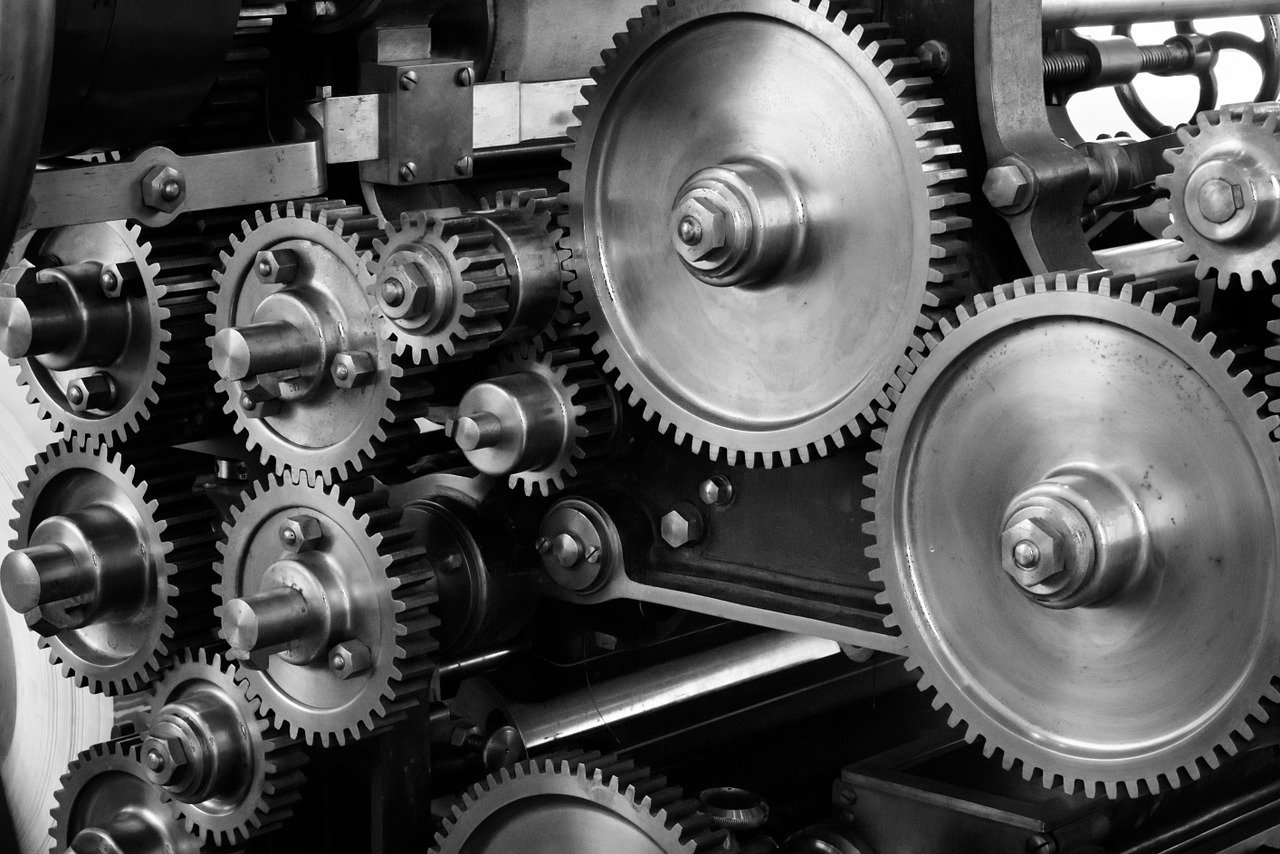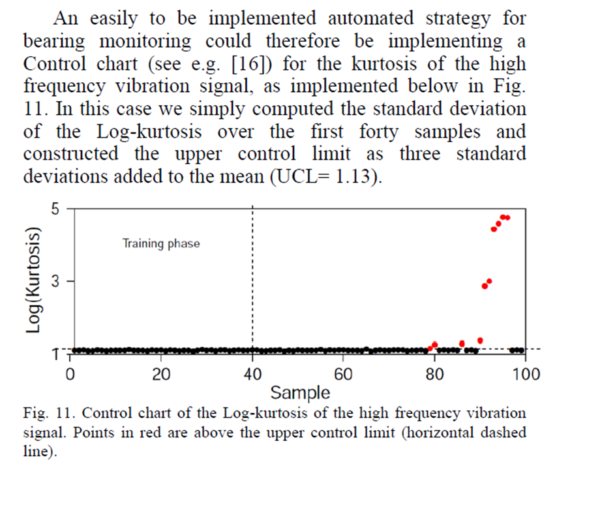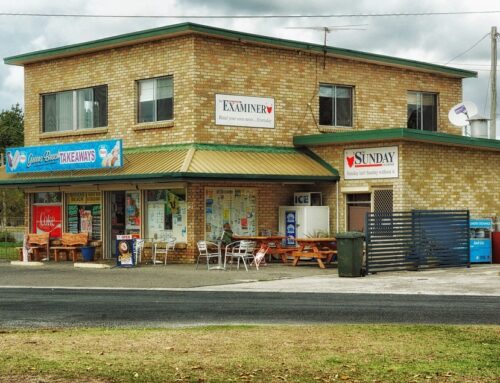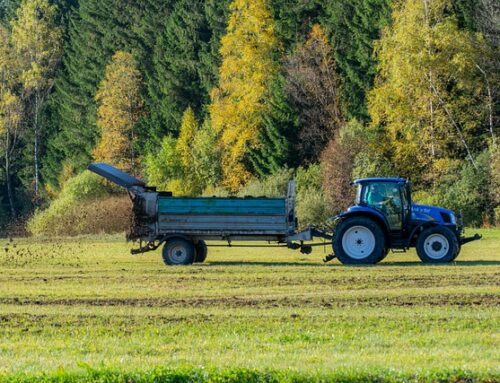Predictive Maintenance is used to assess the state of operating equipment, materials, or other items in order to determine when maintenance is necessary. Machine Learning, Artificial Intelligence, and Statistical Methods are helpful in making the predictions in order to prevent more costly breakdowns later.
Ryan Chan, CEO at Upkeep Maintenance Management, discusses Predictive Maintenance.
“Predictive maintenance is a type of condition-based maintenance in which assets are monitored with sensor devices that supply data (i.e. vibrational frequency) about the asset’s condition. This data is used to predict when the asset will require maintenance to prevent equipment failure.”
The purpose is to determine when a failure may occur before it actually does. This is different from Breakdown Maintenance where maintenance is performed after a breakdown or Preventive Maintenance done on a scheduled basis.
When dealing with developing a Predictive Maintenance Plan on equipment, there are several key steps.
- Establish the conditions needed for triggering maintenance on the operating equipment.
- Sensors must then be attached to the equipment to be monitored.
- Software is used to evaluate the signals received.
- Finally, maintenance is scheduled at the optimal time predicted.
As you move forward, based on feedback, you continually learn from information received and the resulting maintenance your team performs on the equipment.
Ryan covers the benefits achieved from a Predictive Maintenance Program.
- High return on investment made
- Reduction in maintenance costs
- Elimination of breakdowns
- Reduction in downtime
- Resulting increase in production
You can watch Ryan’s informative video here:
Next, learn from Gary Fouche, Vice President of Research and Development for DINGO Predictive Maintenance, how DINGO with help from Queensland University, is using machine learning and statistics to implement predictive maintenance.
You can watch the Queensland University video here:
While the above resources have discussed using more complicated analytics for predictive maintenance, there is sometimes an easier implementation, at least for predictive maintenance of bearings.
It’s been known for years that monitoring kurtosis on a control chart could signal when a bearing might fail.
A recent paper goes into a detailed discussion of the use of supervised machine learning for bearing failure. But for implementation the authors recommend a control chart on the log-kurtosis of the high frequency vibration signal.
See Fig. 11 below reproduced from the article, Remaining Useful Life Prediction of Rolling Element Bearing Using Supervised Machine Learning by Xiochan Li, Faris Elasha, Suliman Shanbr, and David Mba.
You can access the article here.









Leave A Comment